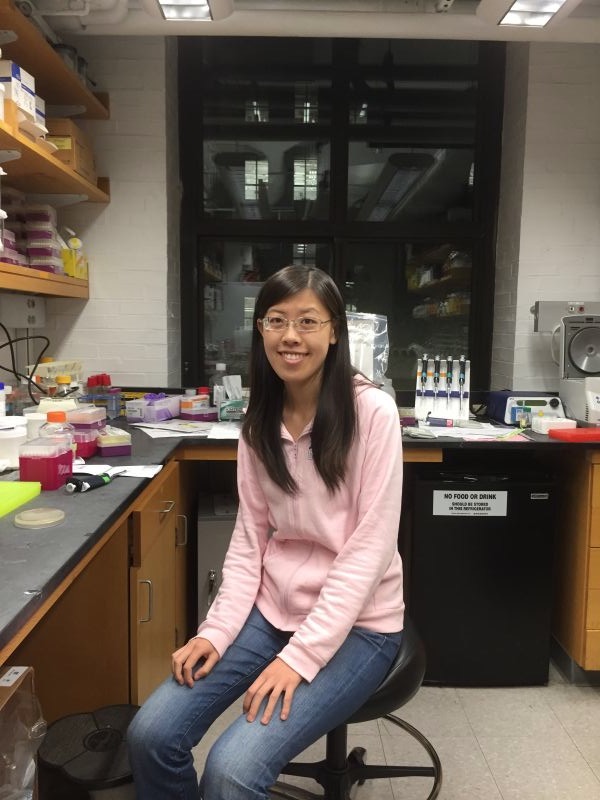By Yi Yin, PhD, Damon Runyon Fellow, University of Washington
The Damon Runyon Cancer Research Foundation recently asked some of our current award recipients how cancer will be prevented, diagnosed, and/or treated differently in the future. What can a future cancer patient, say 10-20 years from now, expect to experience? Their responses were fascinating, and over the next few months we will share their visions for the future on this blog.
I think cancer will be prevented, diagnosed and/or treated very differently within the next 10-20 years.
Prevention
Non-invasive imaging, live cell sequencing and amplification method from tiny amount of DNA and RNA will be perfected. For screening, a chip can be orally taken to collect label-free imaging signals, for example, magnified Raman scattering signals, of possibly malignant cells. For biopsy, we then inject virus into the suspicious tissue to collect femtograms of DNA and RNA, with which aberration in the genome and transcriptome can be monitored. Each virus particle excreted from a single cell will contain a DNA barcode that registers the cell of origin and in the mean time integrate the barcode sequence in the genomic DNA of that specific cell.
Diagnosis
Analysis of DNA and RNA collected can almost perfectly predict which single cells are malignant. In terms of the DNA sequencing technology, the sequencer will be based on end resection rather than DNA synthesis, i.e., an exonuclease will chew up 1 base each time and release signal of the base and therefore has unlimited read length, and is single-molecule based.
Treatment
For solid tumor, virus particles with the corresponding barcodes will pair with cells that contain the same barcode and only kill such malignant cells. For blood cancers, we can invent a cell sorter that does not rely on fluorescent signal, but instead sorts cells based on DNA sequences. The sorter will sort cells into 4 categories based on the first base, and 16 categories based on the second base etc. During embryogenesis, each cell lineage will have a mutable DNA oligo barcode on the cell surface. This will allow a lineage of malignant cells to be isolated away from the bulk blood in one cycle of complete blood transfusion.








